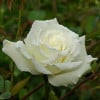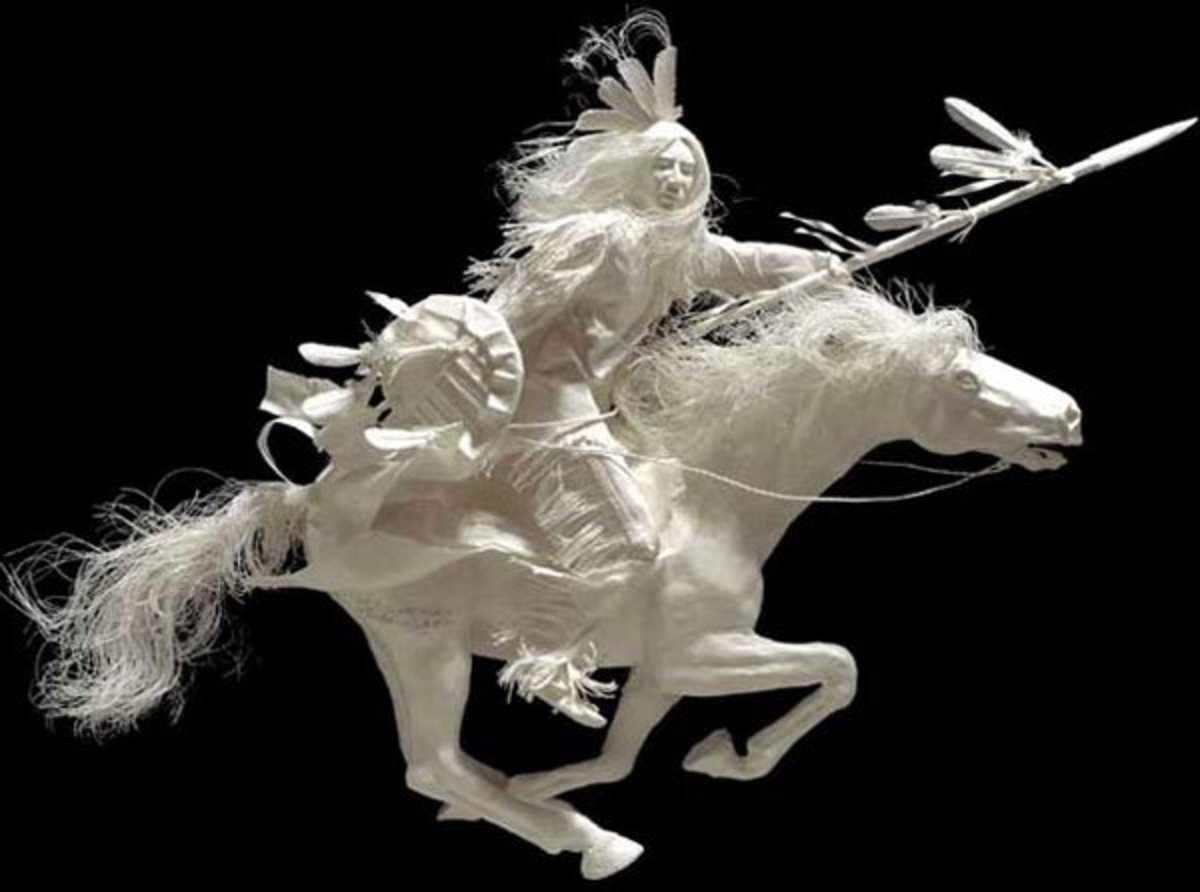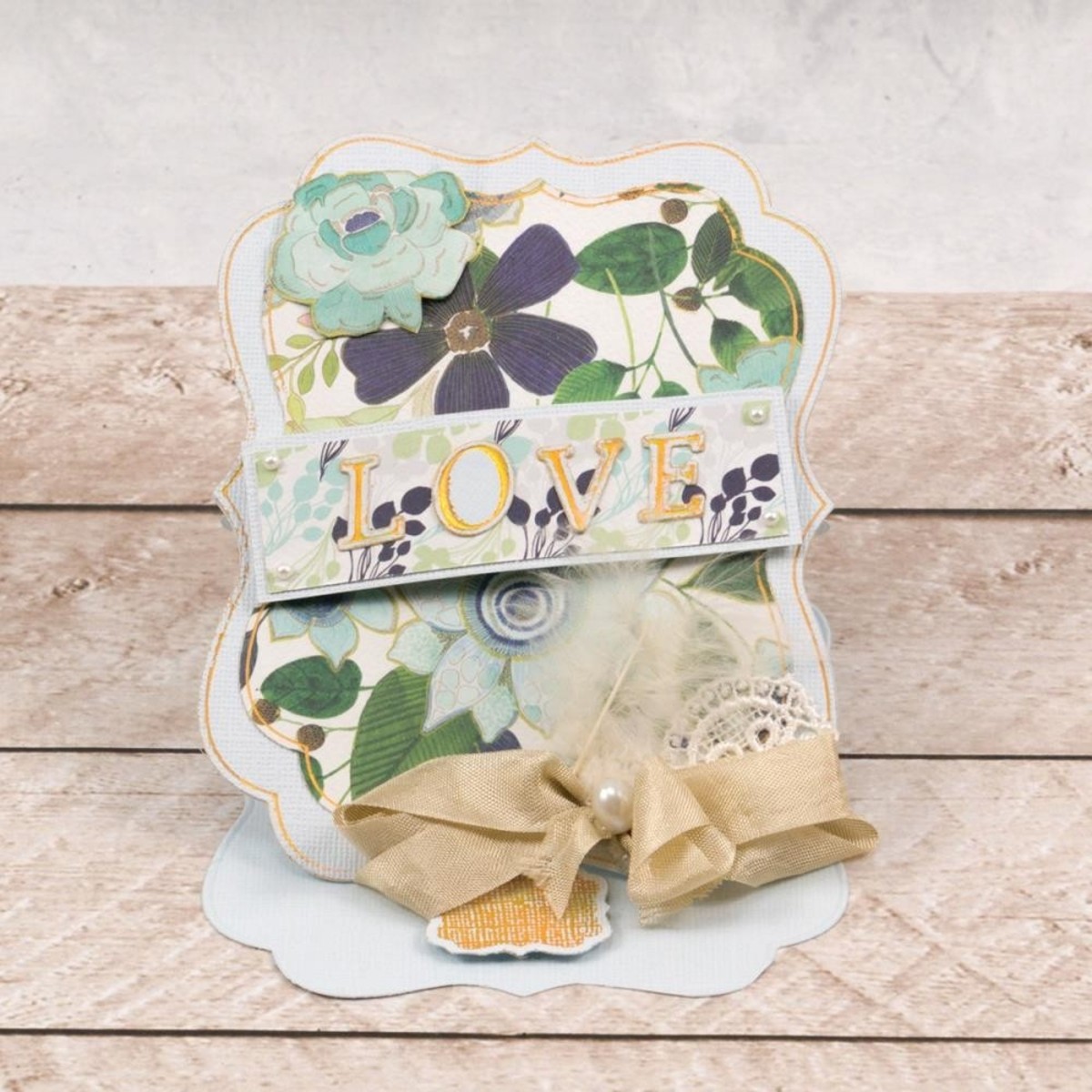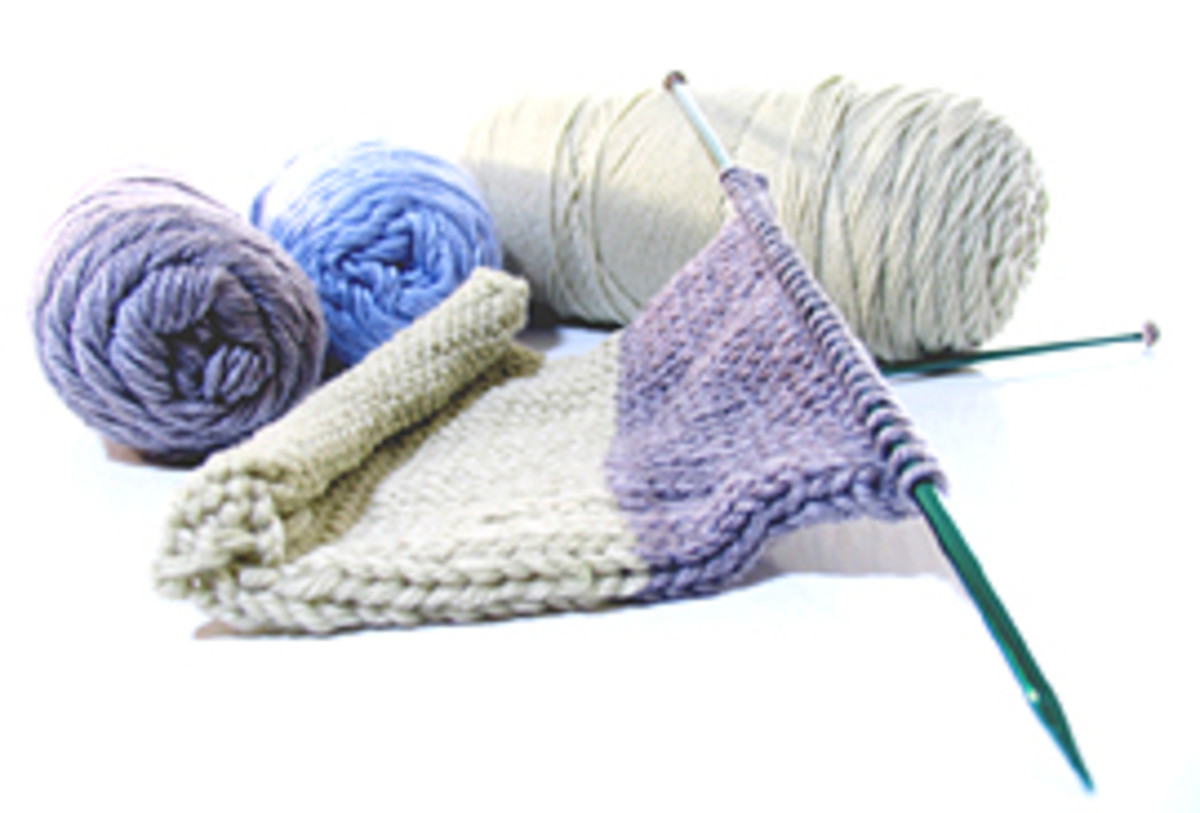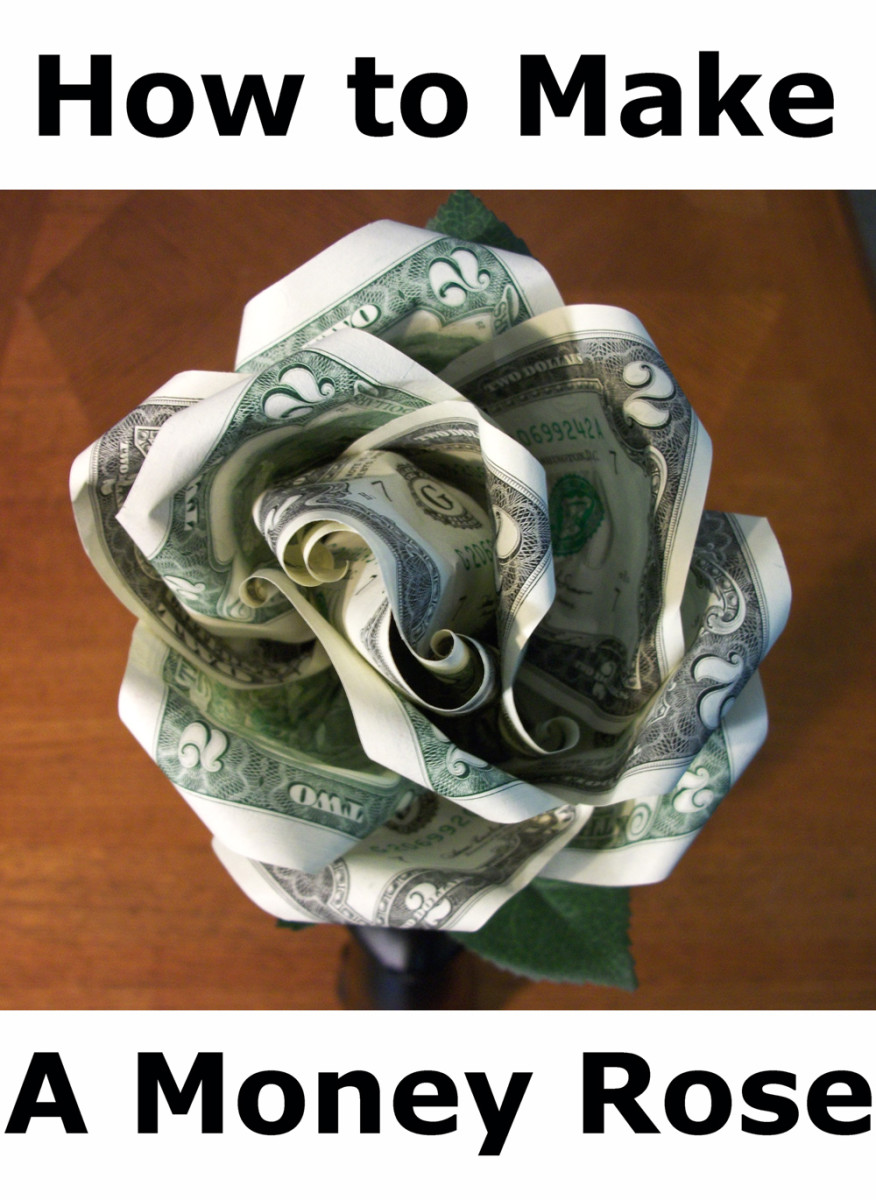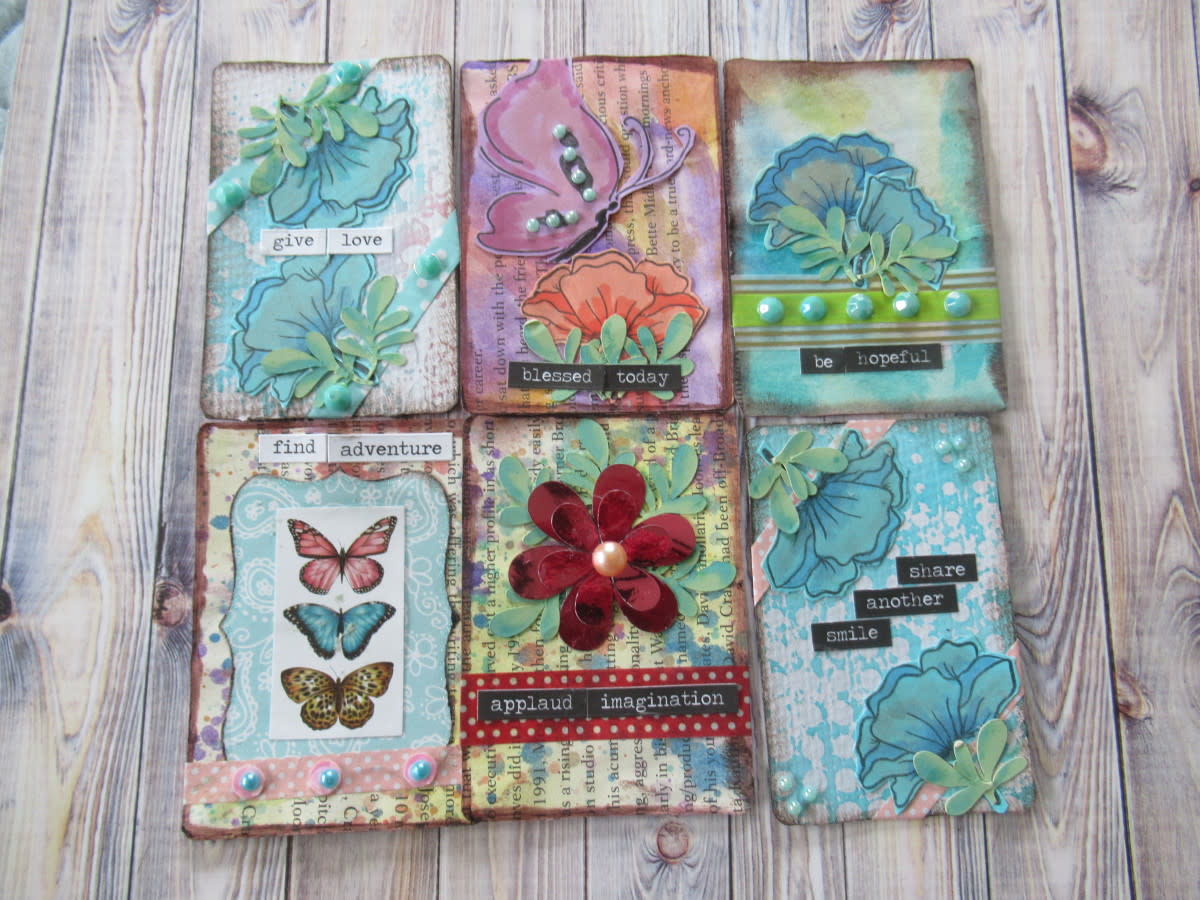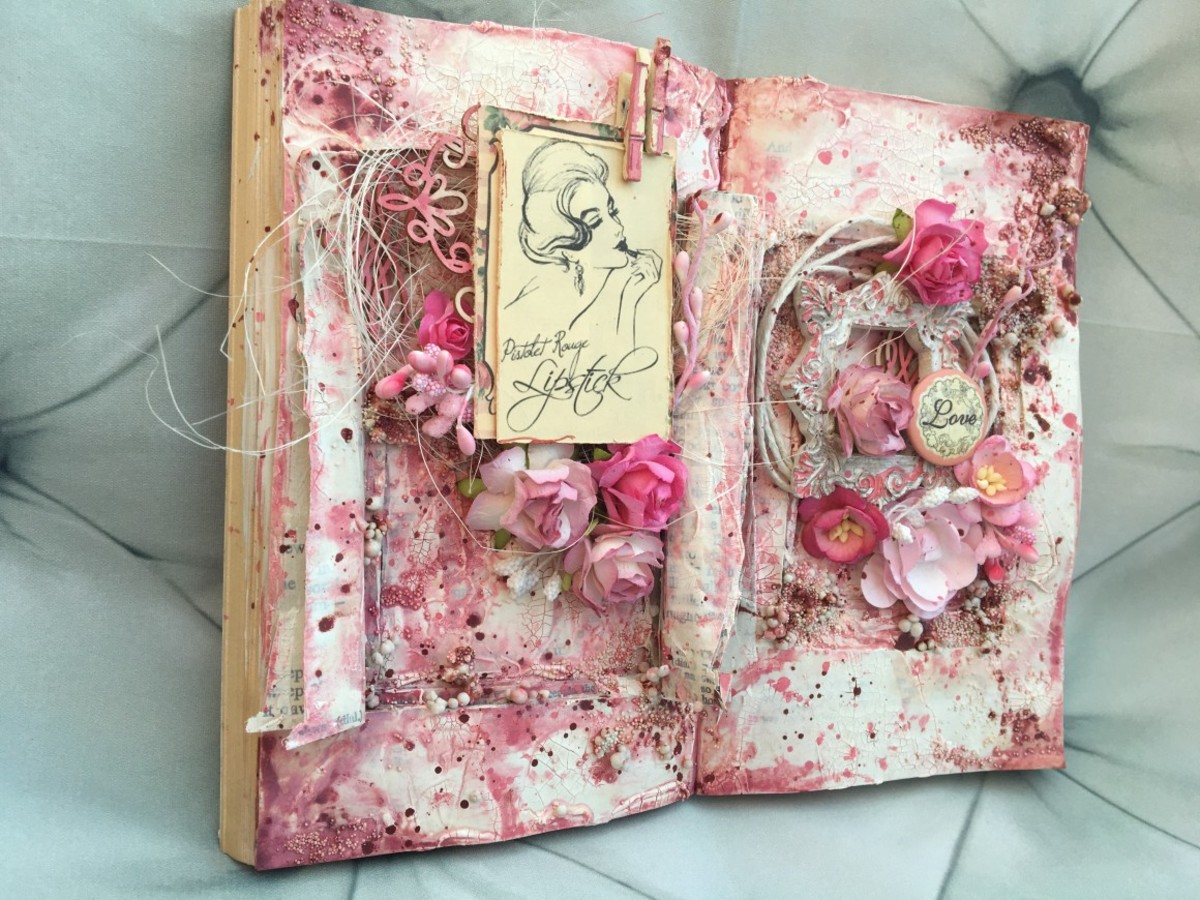History Of Paper
What is paper? The word ‘paper’ is connected to a reedy papyrus plant which grows along the River Nile, Egypt. The stem of the flower of the papyrus plant are sliced to produce paper. The moist fibers are compressed and then dried into flexible sheets. Fibers include pulp of cellulose obtained from wood, rags or grasses. This way thin sheet are produced which are used for writing, printing or for packaging purpose.
In AD 105 paper was invented in China for the first time by a Chinese Eunuch Ts'ai Lun. That paper was a thin, eminent, flat and made in permeable molds from vegetable fiber. But before the 3rd century AD, the paper was made of decomposed cloth, bark of trees and some vegetation like mulberry, hemp and china grass. Then in AD 868 it was used for etching different religious pictures.
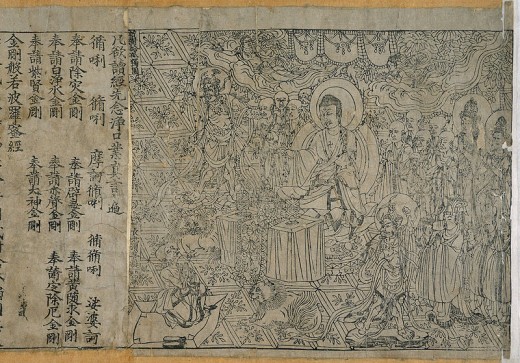
The paper making technique later moved on to
Japan and then to Korea in AD 610, where it was initially made from barks of
mulberry and Gampi. It was some time later when it was made from bamboos and rice straws.
Paper then moved on, traveling the Gobi Desert, the Takla Makan Desert and the Tarim Valley and arriving in Samarkan.
In 751 AD, Chinese lost a battle in Turkistan and among captives were some skilled paper makers. It started paper making industry in Samarkan. In Samarkan it had plentiful supply of hemp and flax and pure water therefore it turned out to be a good place to make paper. Papermaking then spread to Baghdad, Damascus and Egypt and Morocco.
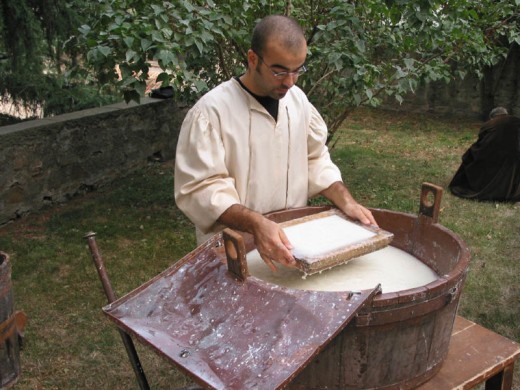
The History Of Money
- Money
In old age, before the money was not invented People used to exchange goods, services or resources. When they need something, some goods or any other services, they used to give some good or services in return.
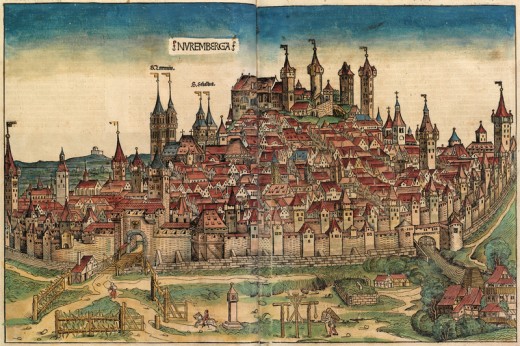
Nearly 500 years had passed when it went to Europe. By the end of the 10th century Arab has also developed the papermaking, replacing the traditional way of parchment and papyrus.
The demand for paper was a bit less in the 1st Century in Europe as it costed more than vellum, and it was more delicate than a parchment.
Interestingly it was related to Jews and Arabs who were not trusted at that time and the Church in Western Europe even banned the calling of the use of paper as 'pagan art'.
The beginning of printing in the middle of the 15th Century the demand of the paper became greater.
White paper was more commonly used paper. An average quality of paper was produced from old and useless materials and colored between light coffee to light Grey.
Before 19th century bleaching was not known so papermakers used fine fibers only for the pulp. The best fabric used in those days was the whitest linen as they were woven by hand and were free of chemicals or bleaching.
The best paper is free from any inclusion. Inclusions or specks might be of hair of the person incharged, even any coucher trapped in the paper during the couching process, or inclusions like insects or even leaves becoming trapped in the molded paper.
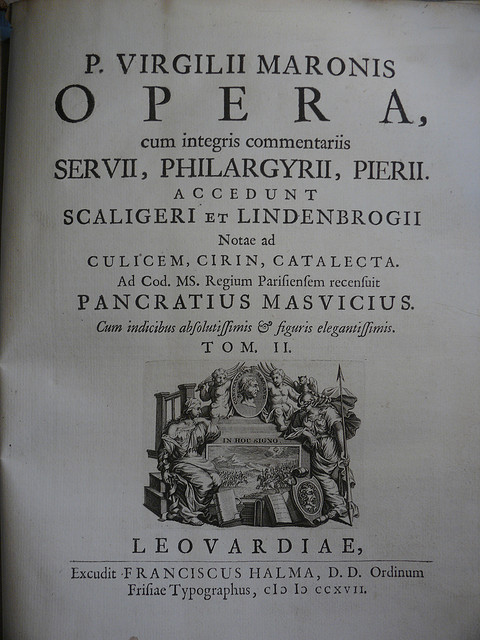
Paper Sizes
Folio
When the Western papermaking began the paper size was fairly standard equivalent to the size of a small newspaper page. One page of paper was denoted as a leaf. When it was printed without being folded, the size was referred to as ‘folio’ meaning leaf.
Quarto
A Folio paper being folded once produces two leaves so the size of two leaves was referred to as quart.
Octavo
The original sheet being folded again in half would result in eight pages, referred to as octavo. This is almost the size of an average modern novel.

Sixteen-mo
Smaller books can be produced by folding the leaves again making up 16 pages, known as a sixteen-mo.
Octavo bookbinding
A standard sized octavo book can be produced by folding twice a large leaf; two leaves joined at the top will be contained in the resulting fold, ending up in the gulley between the pages.
This set of eight pages is called a signature or a gathering.
Vatmen paper
Vatmen Paper is a 17 inch wide paper made in the Netherlands and 44 inches long.
One vatman can handle a mold and deckle producing up to a 25 inch wide sheet of paper.
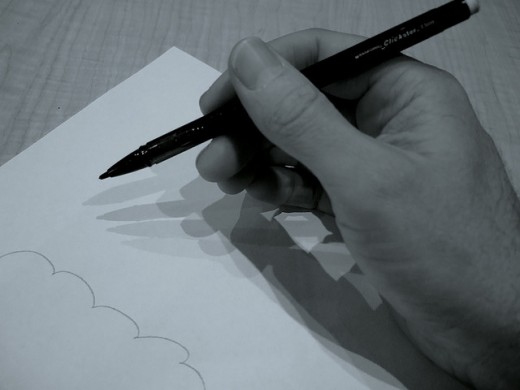
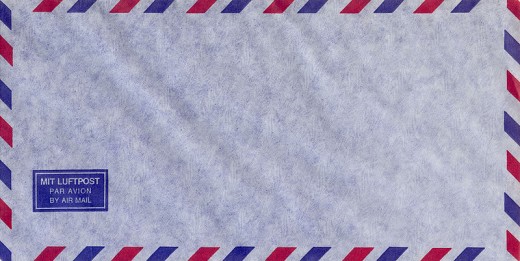
History Of Housing
- Housing
A house is a building that provides shelter, comfort, and protection. It is one of man's three most important necessities. The other two being food and clothing.
Uses Of Paper
- write or print;
- represent a value
- storing information
- packaging
- cleaning
- construction
Some of the types of paper are:
- Bank paper
- Banana paper
- Bond paper
- Book paper
- Coated paper
- Construction paper/sugar paper
- Cotton paper
- Electronic paper
- Laid paper
- Leather paper
- Sandpaper
- Wallpaper
- Waterproof paper
- Wax paper
- Wove paper
History Of Silk
- Silk
The sheen of the fabric and the swish of the material is sure to turn heads. Silk today spells sheer luxury but when it was first made in Europe, it received an unsavoury response.
History Of Bleach
- Bleach
The dictionary definition of bleach is "the whiteness that results from removing colour from some thing." The process of bleaching is now extensively applied in science.
